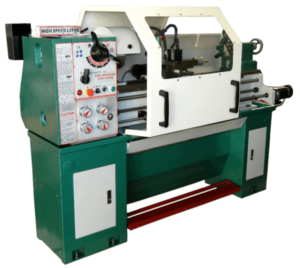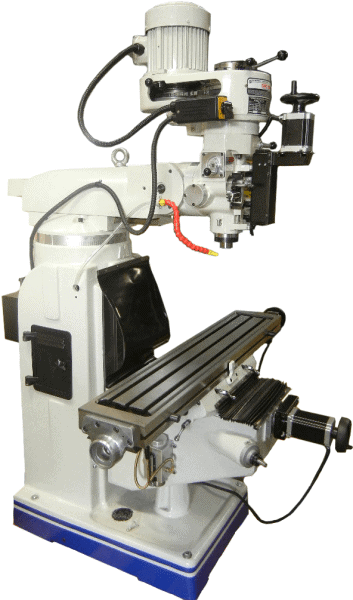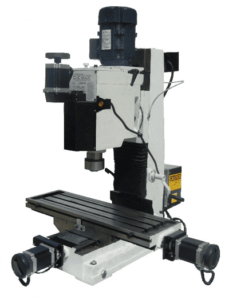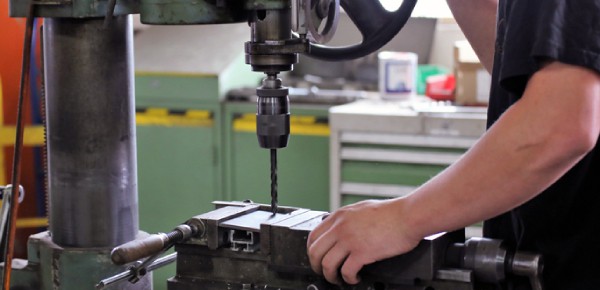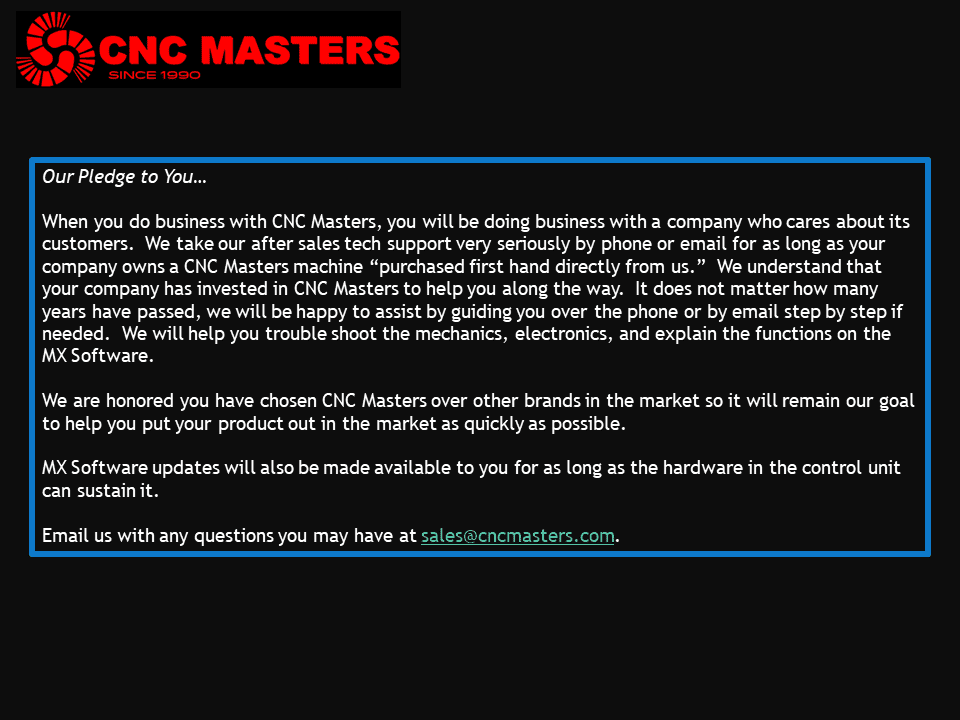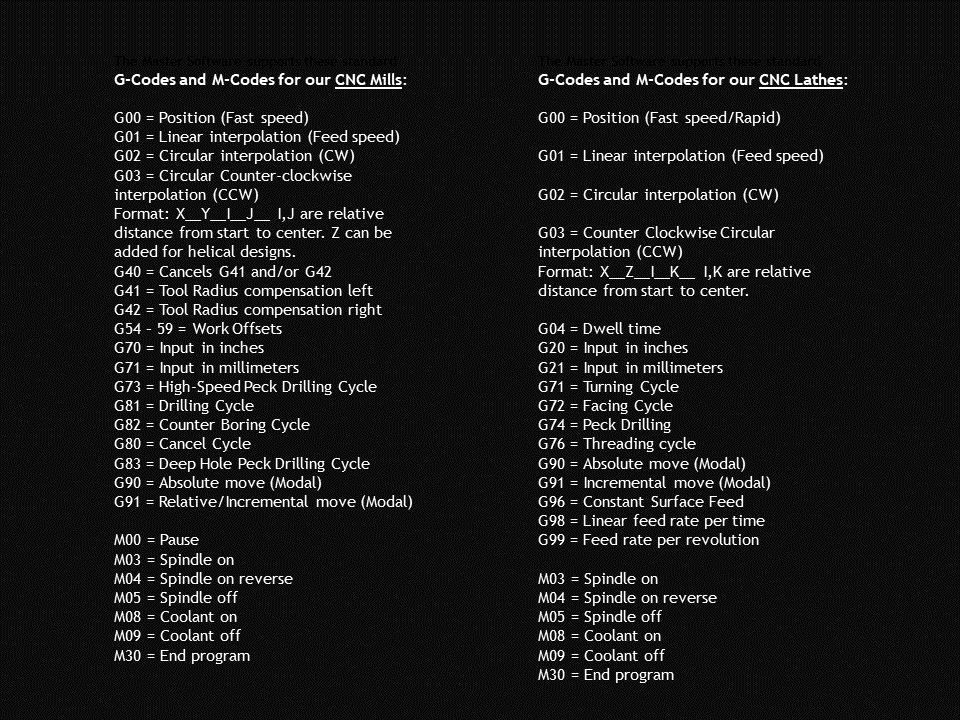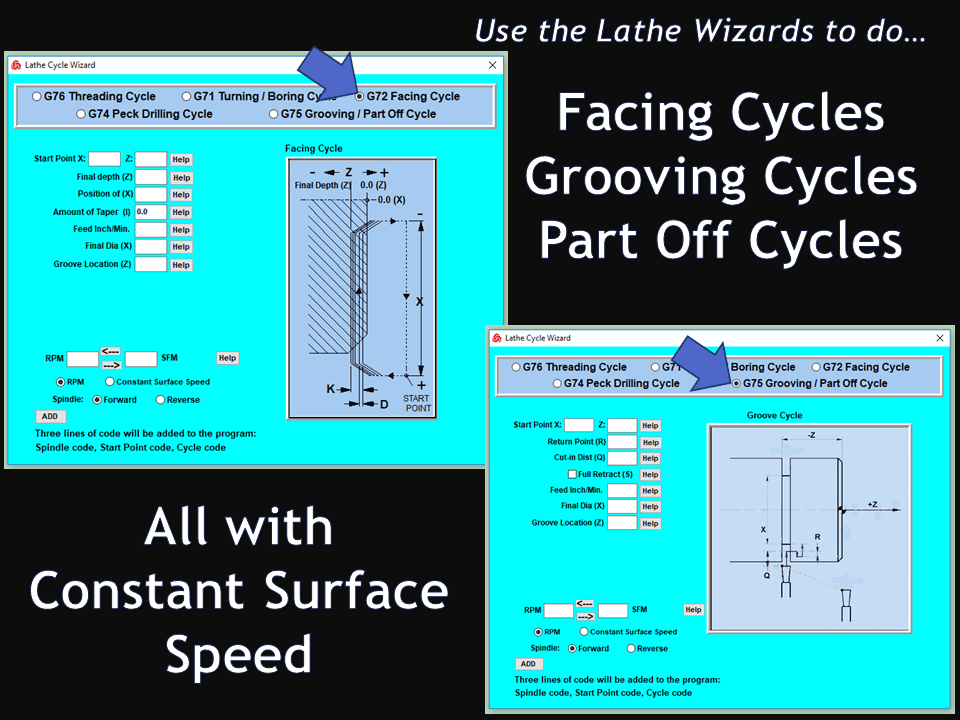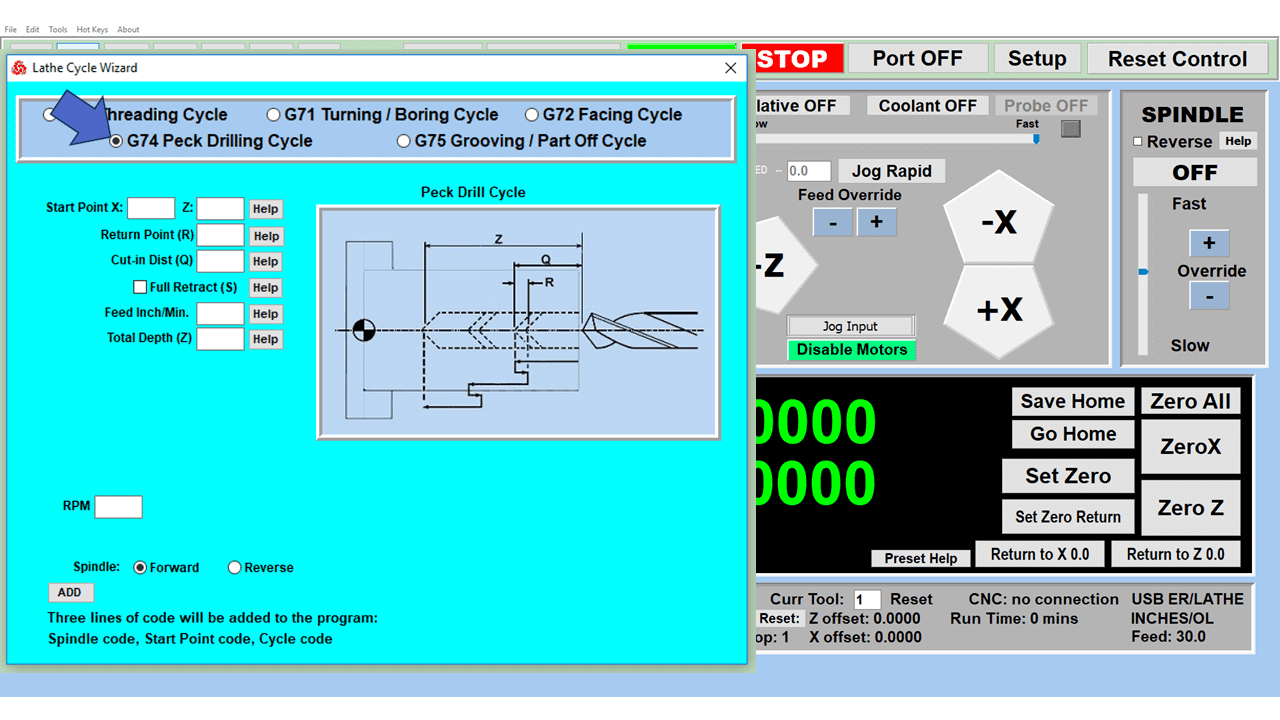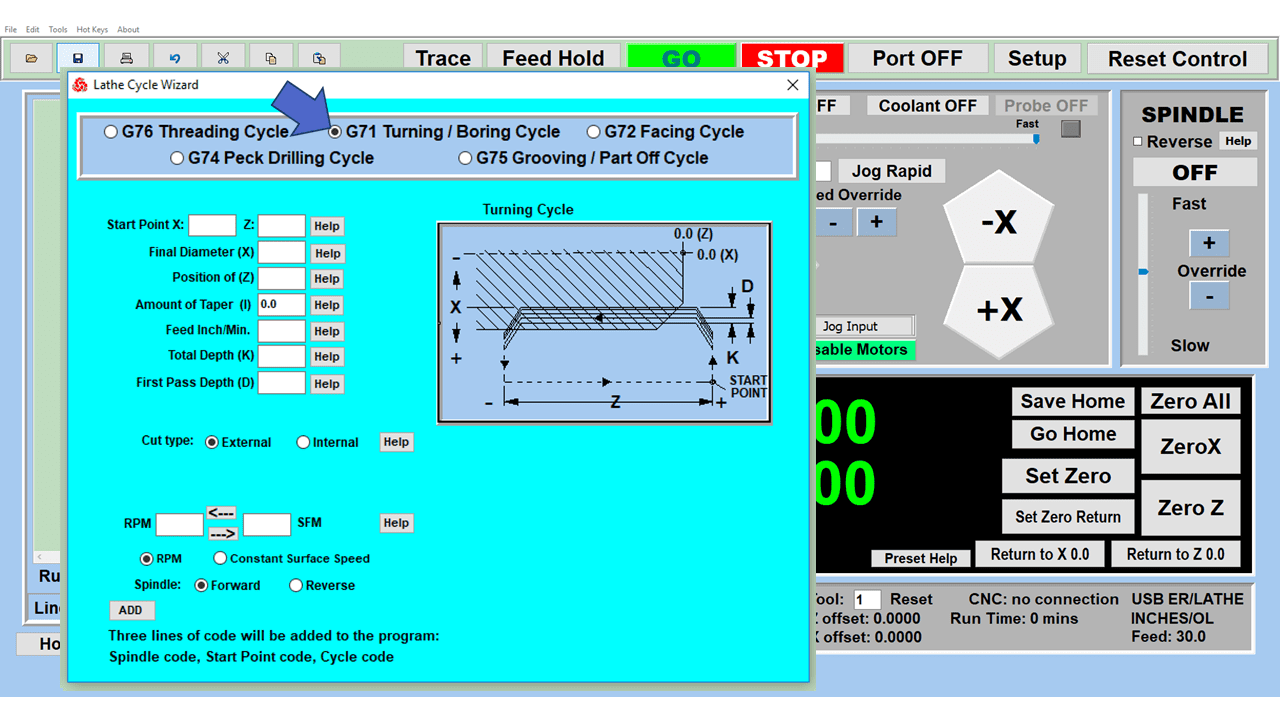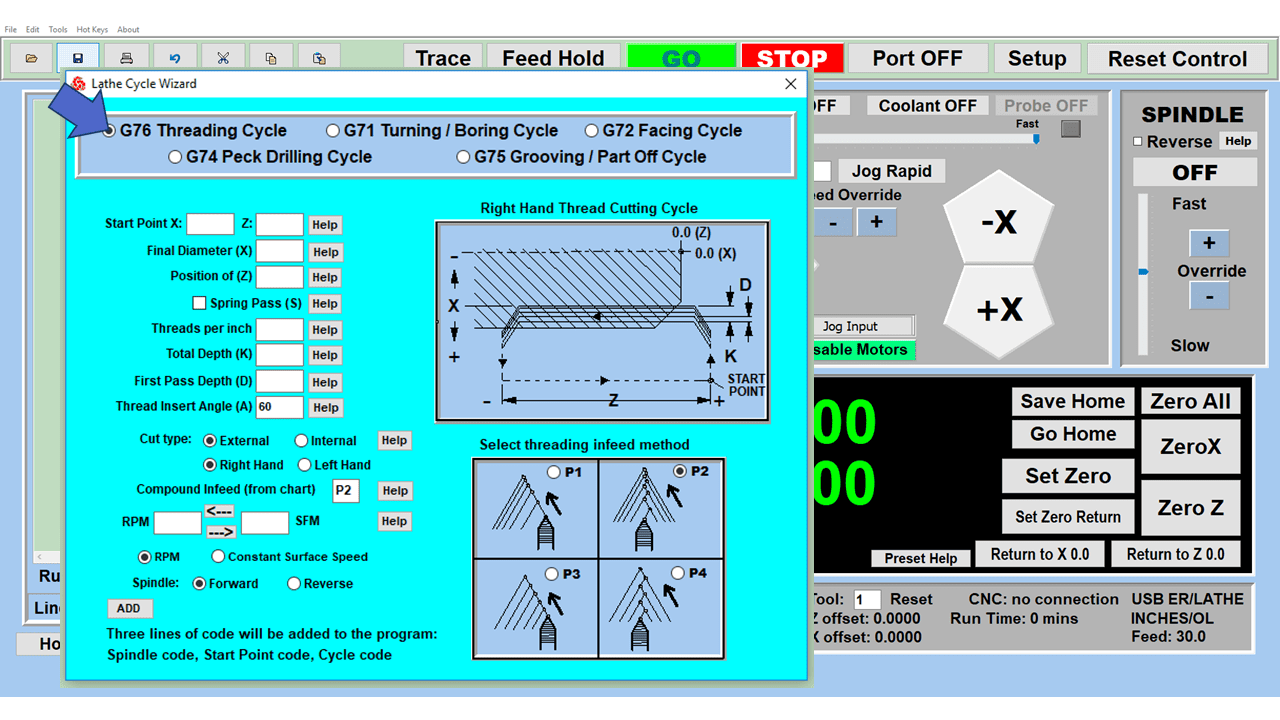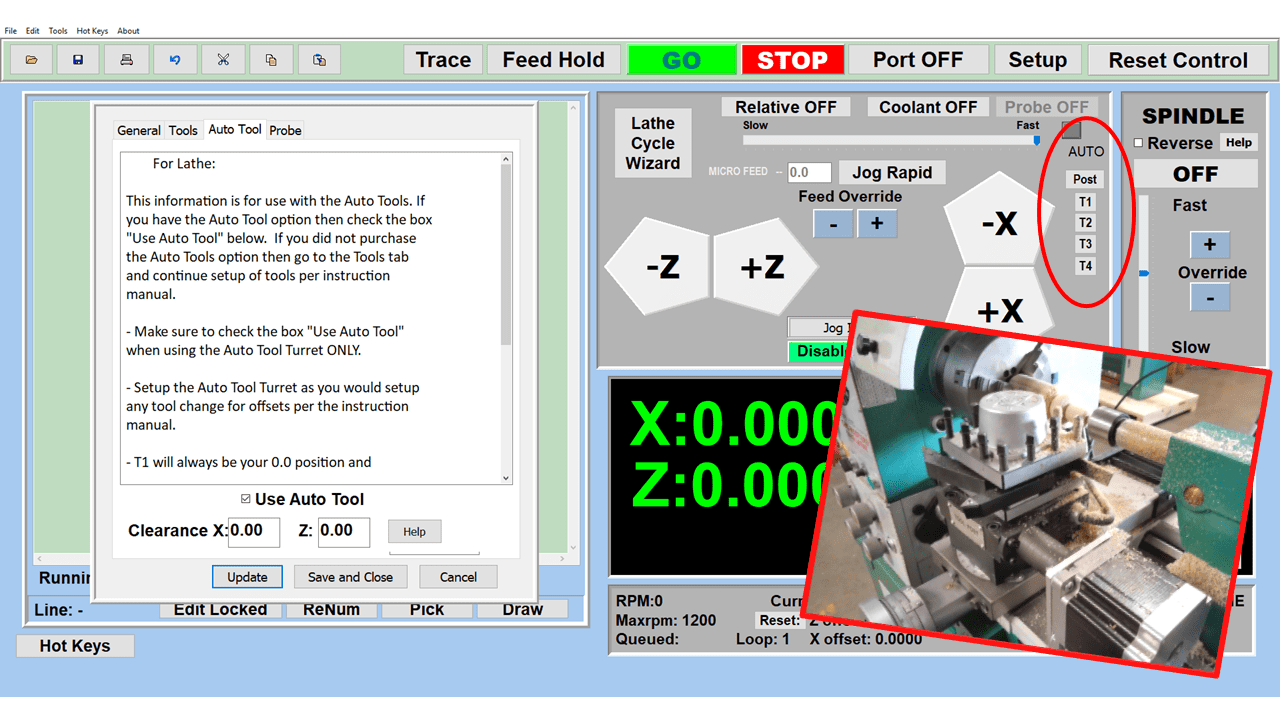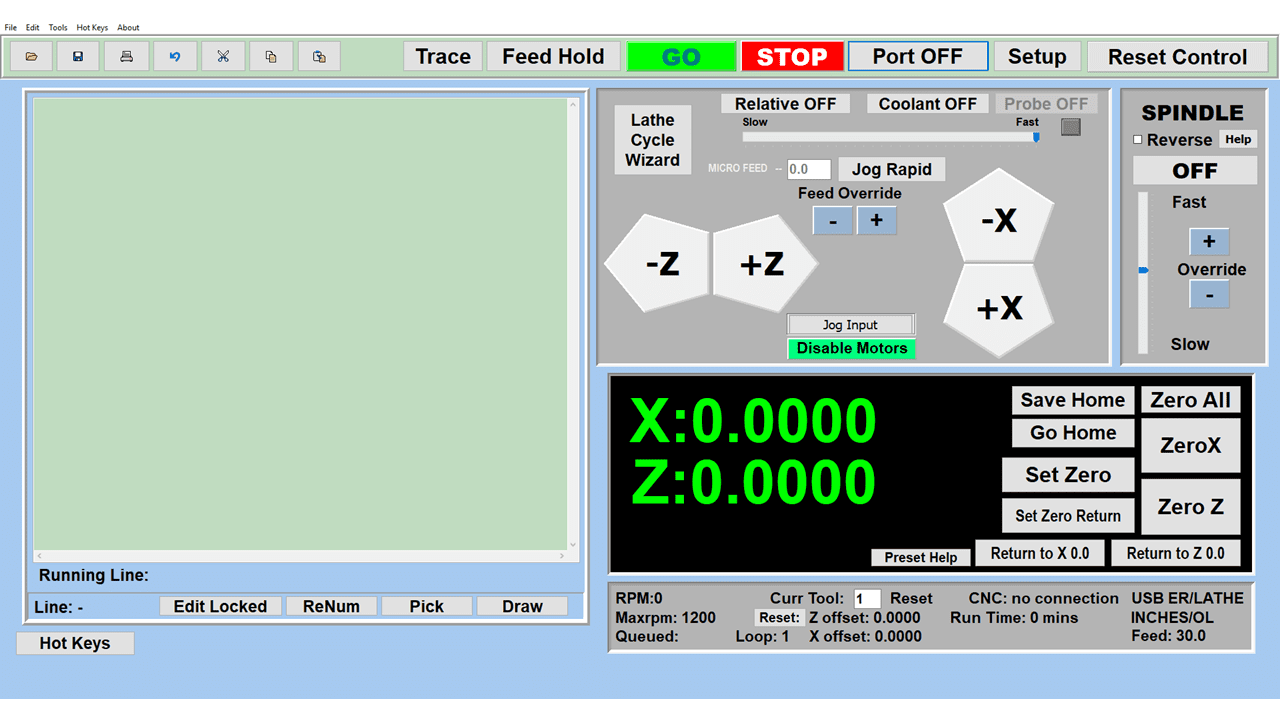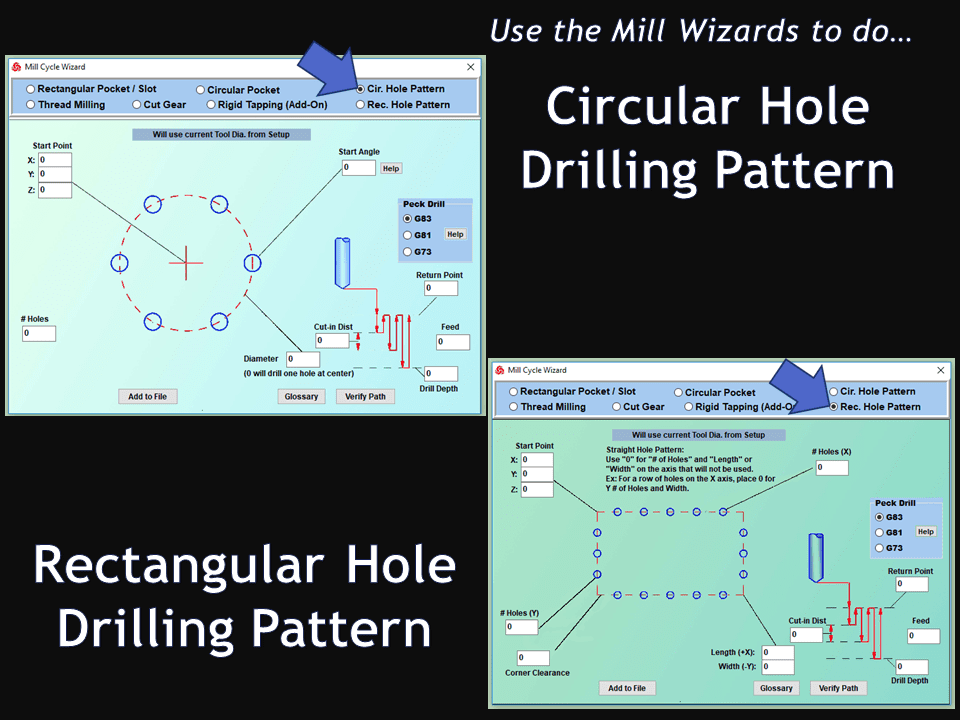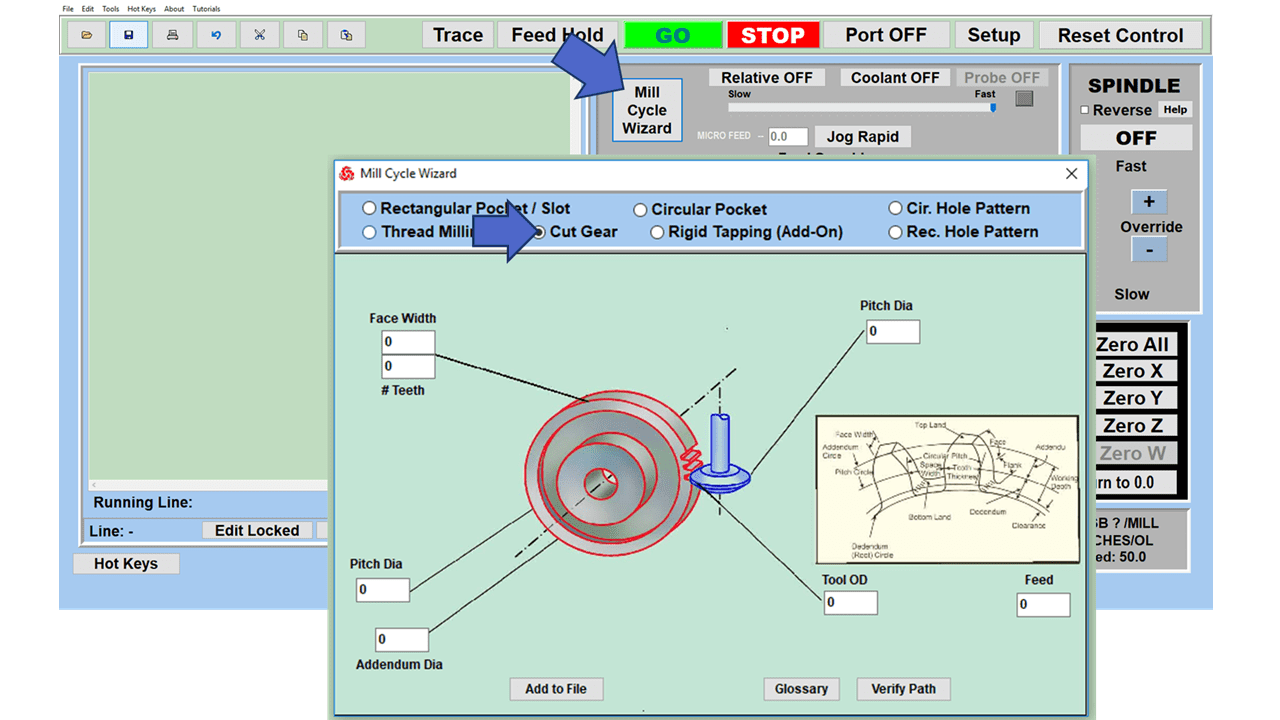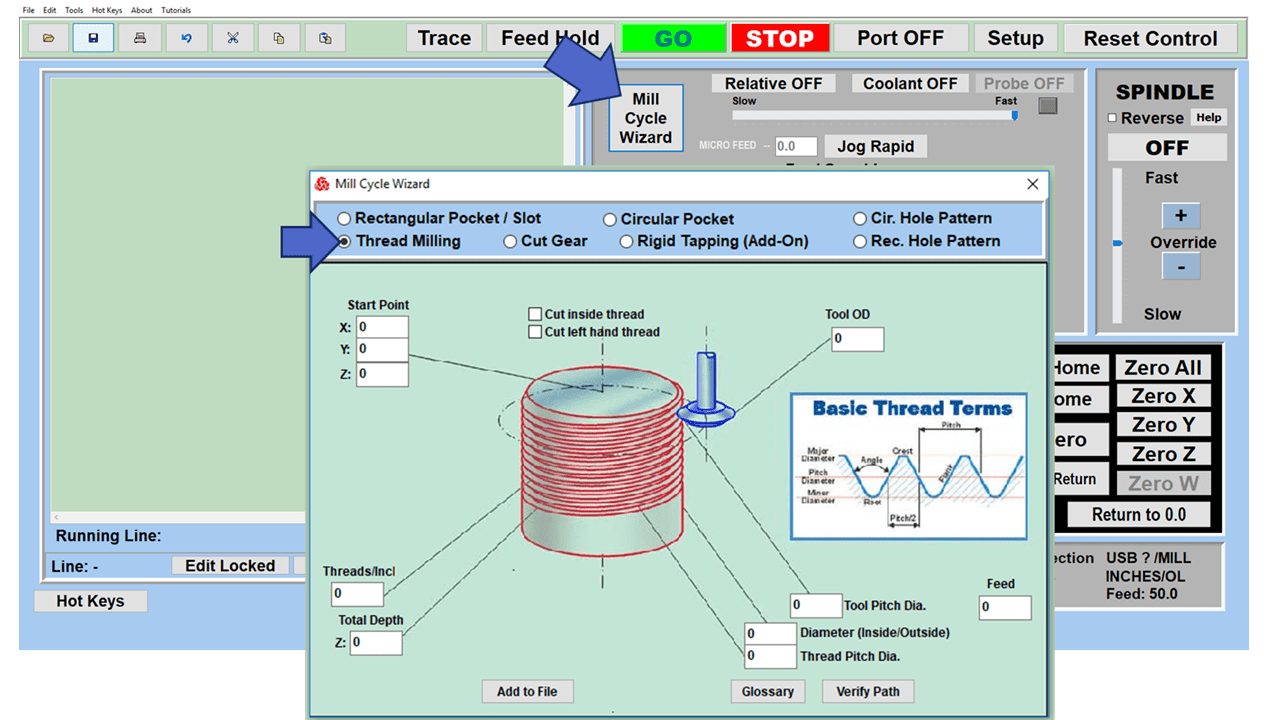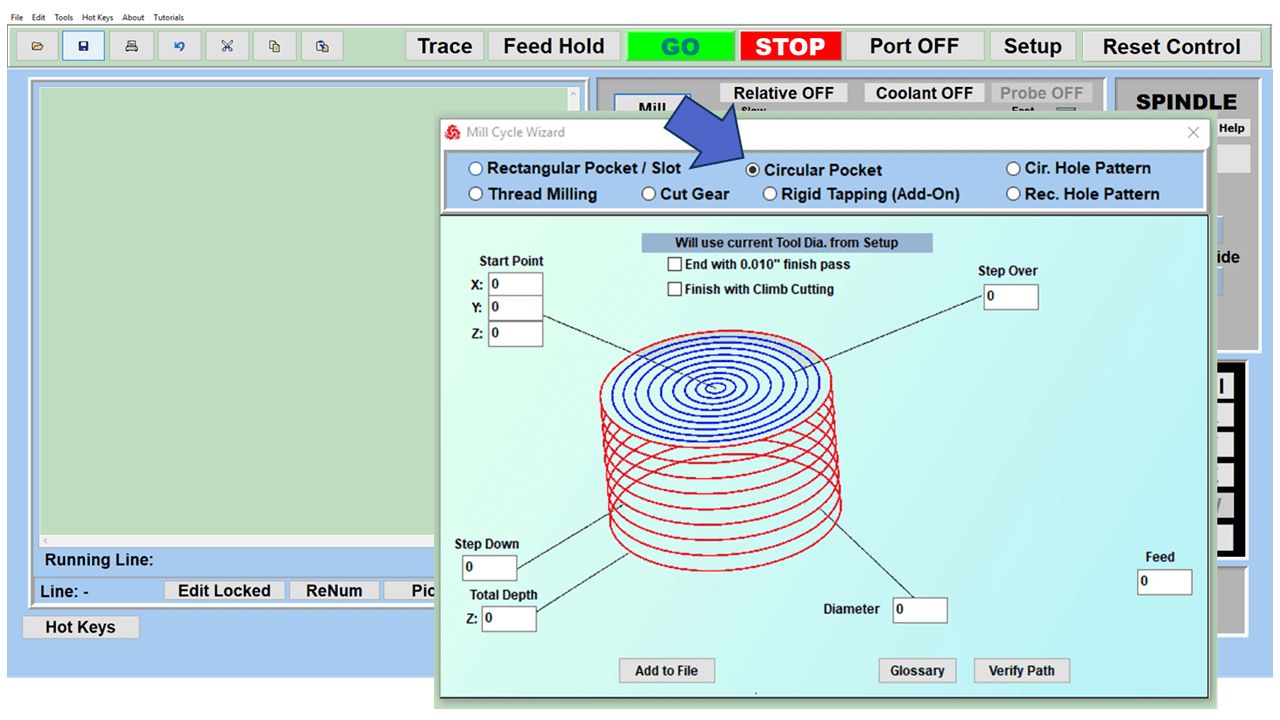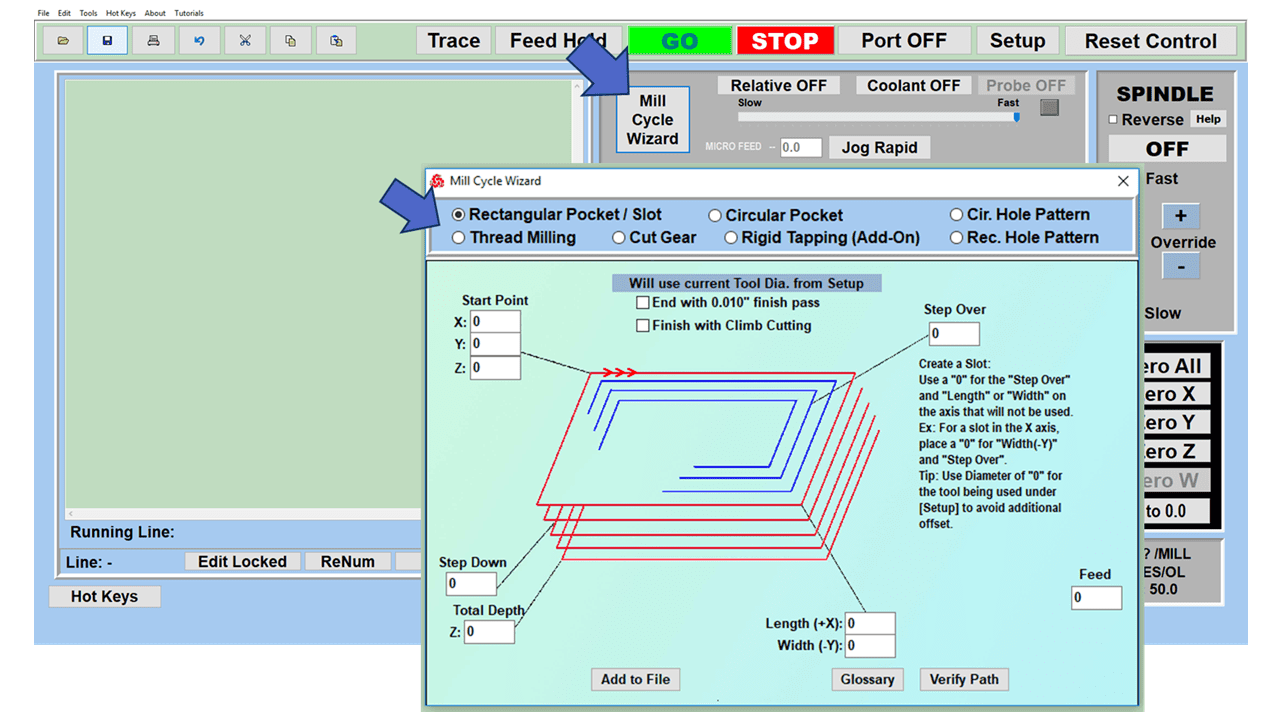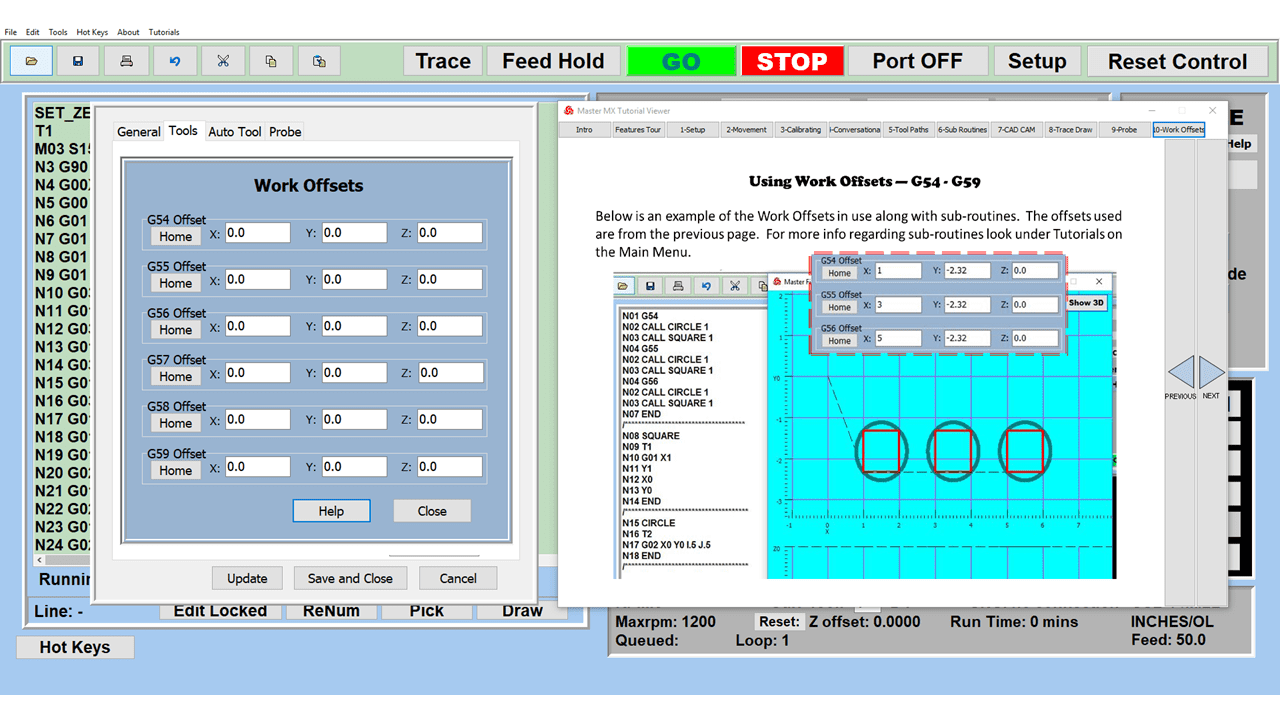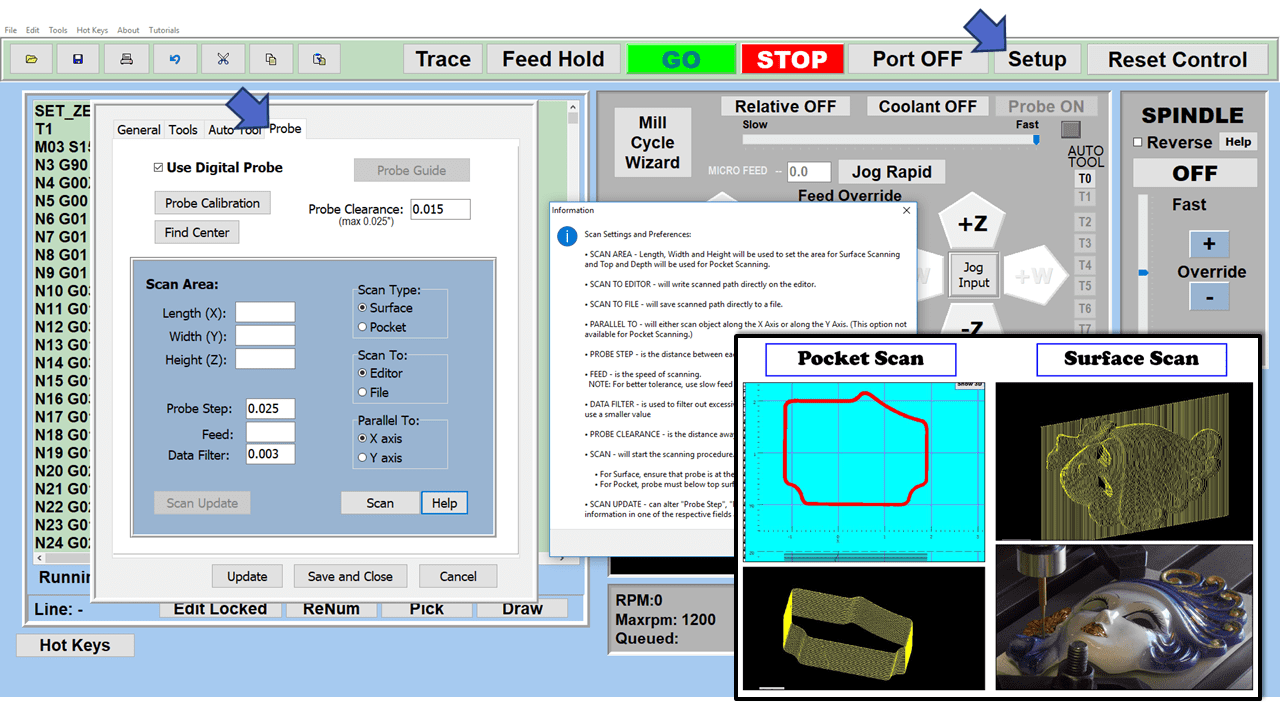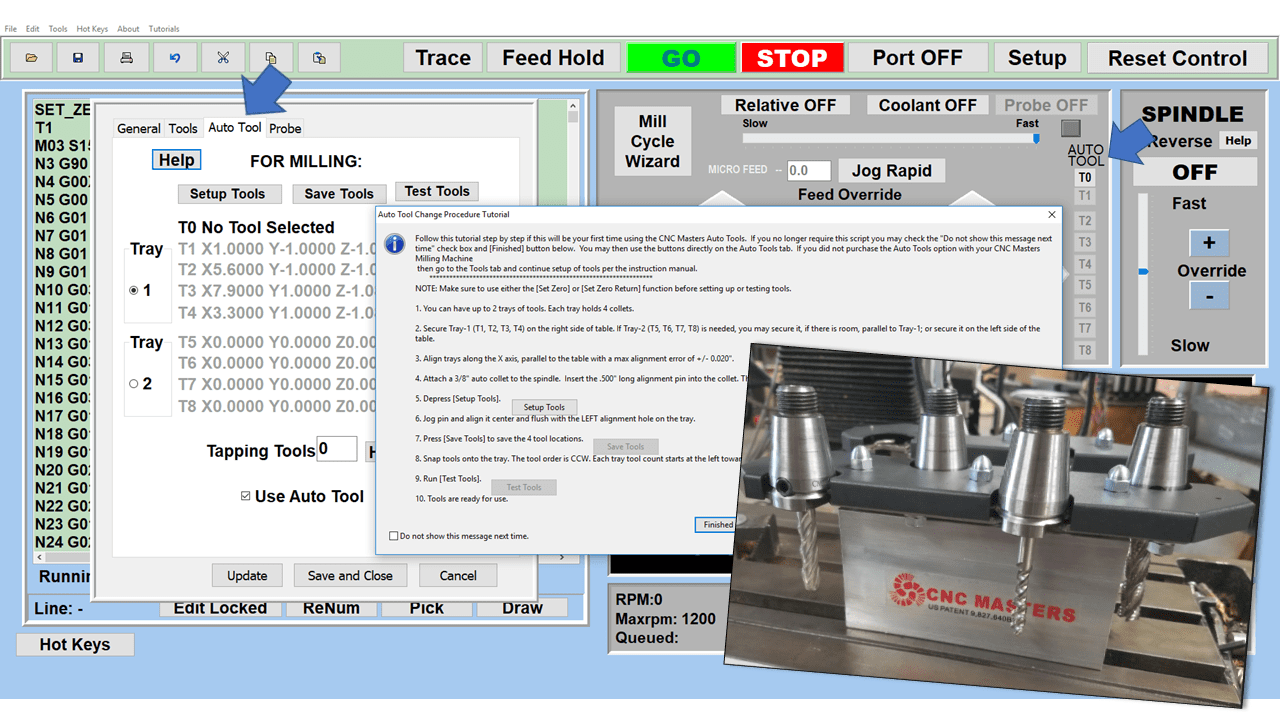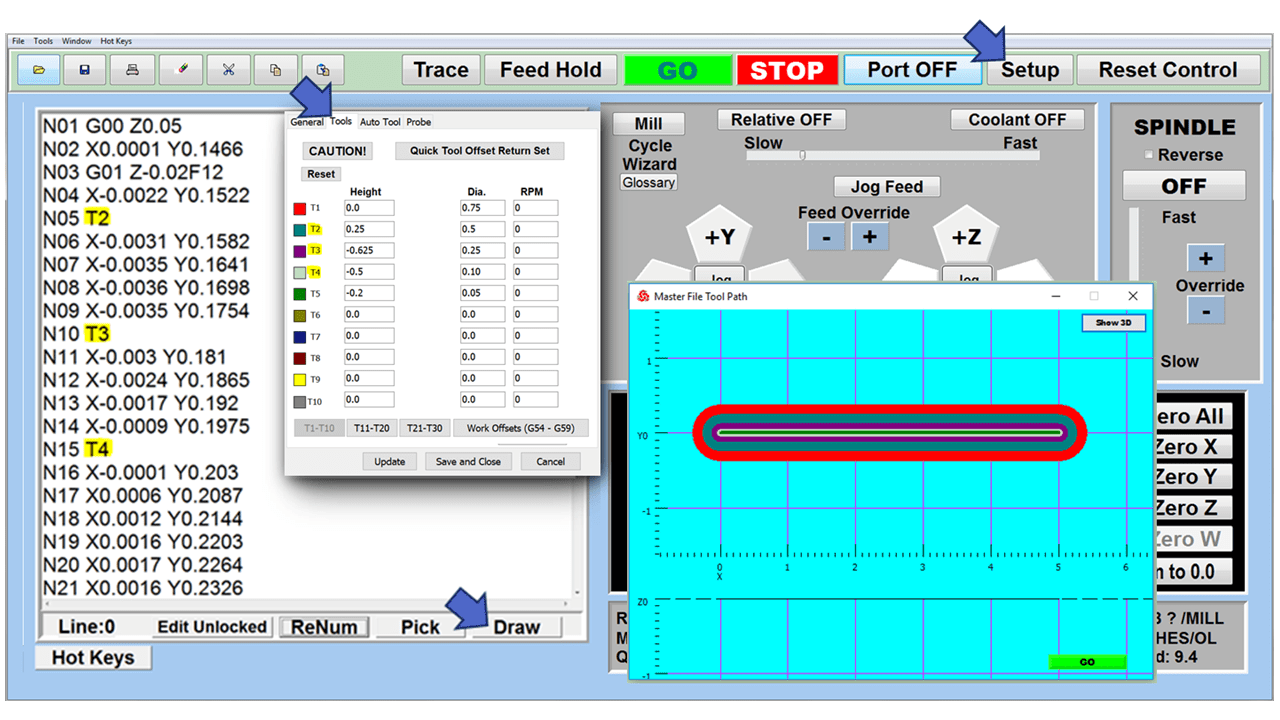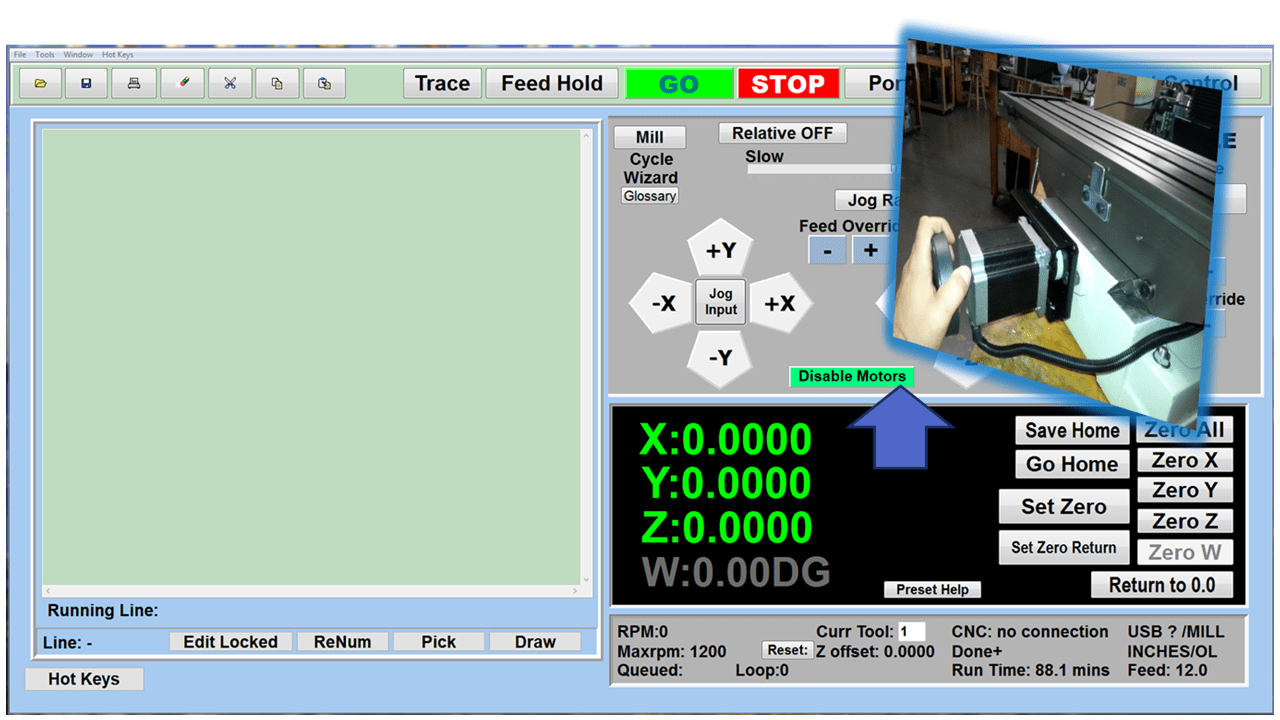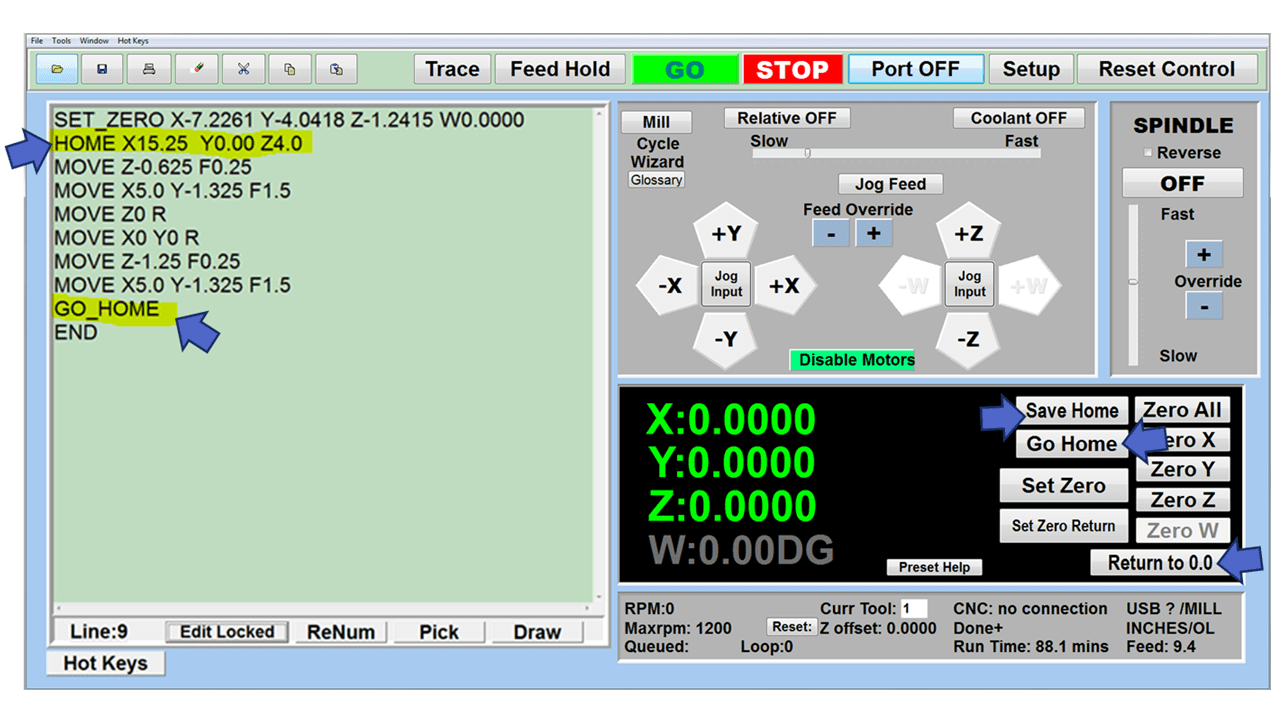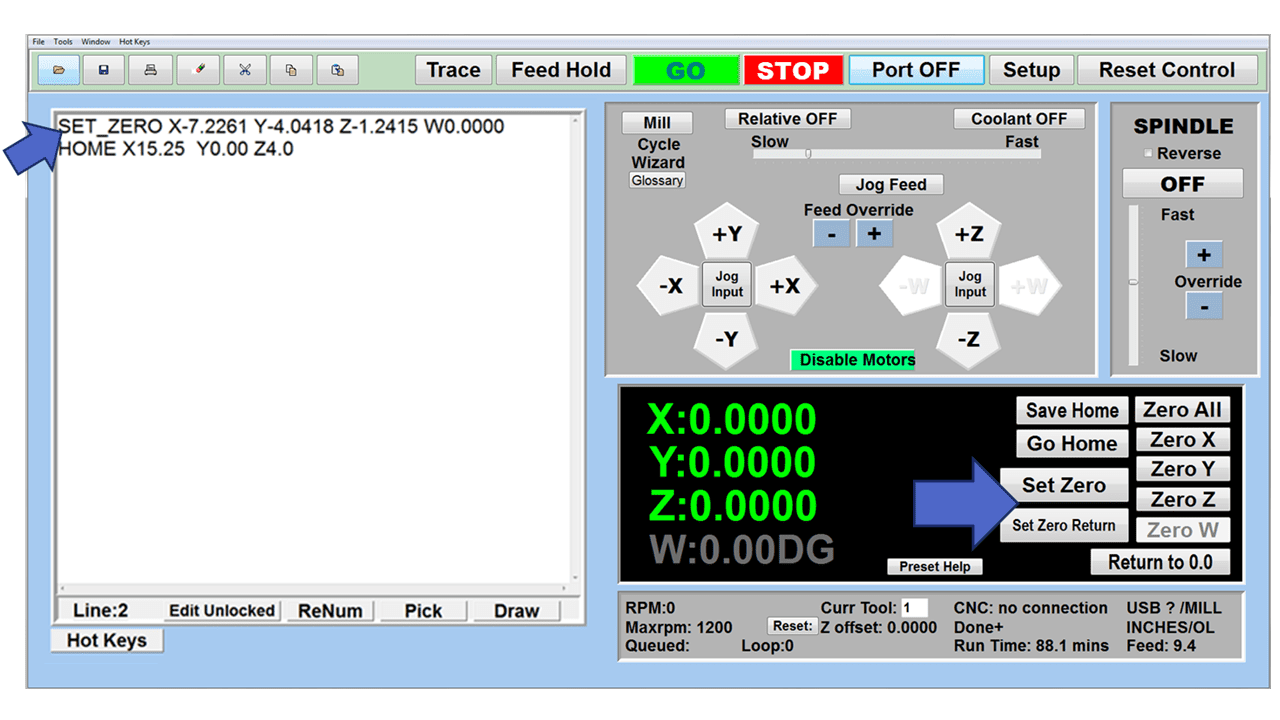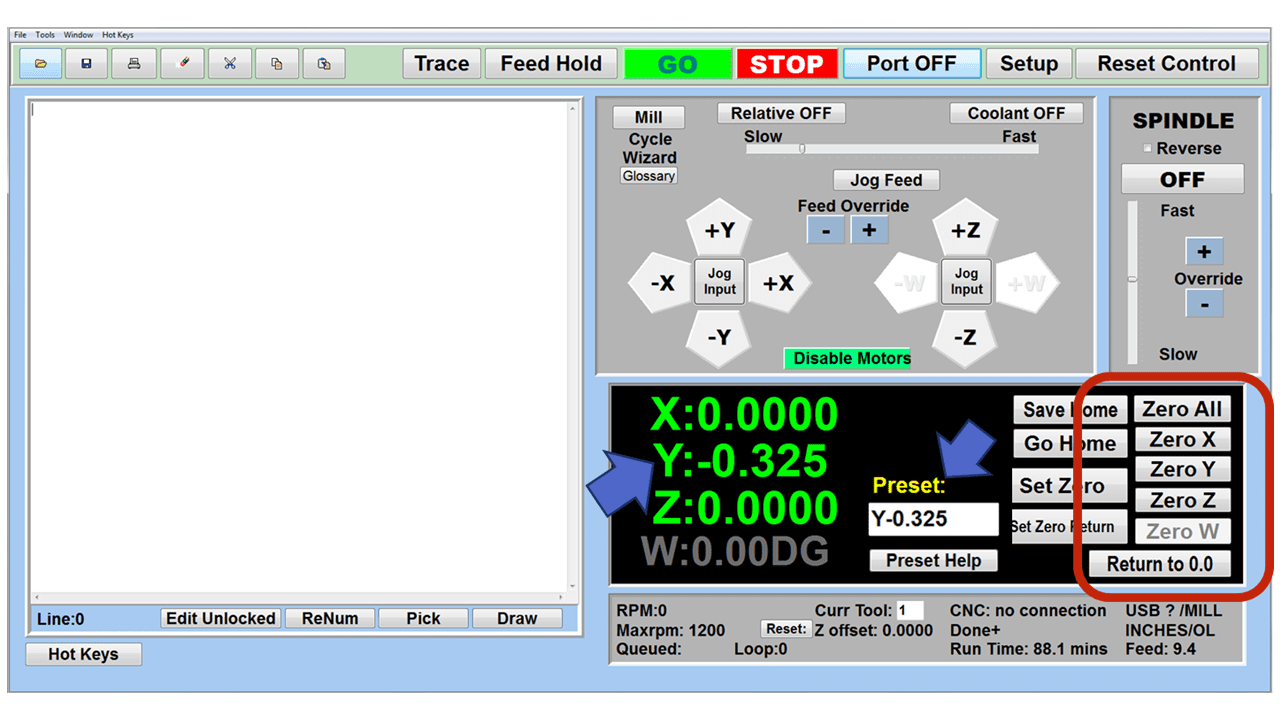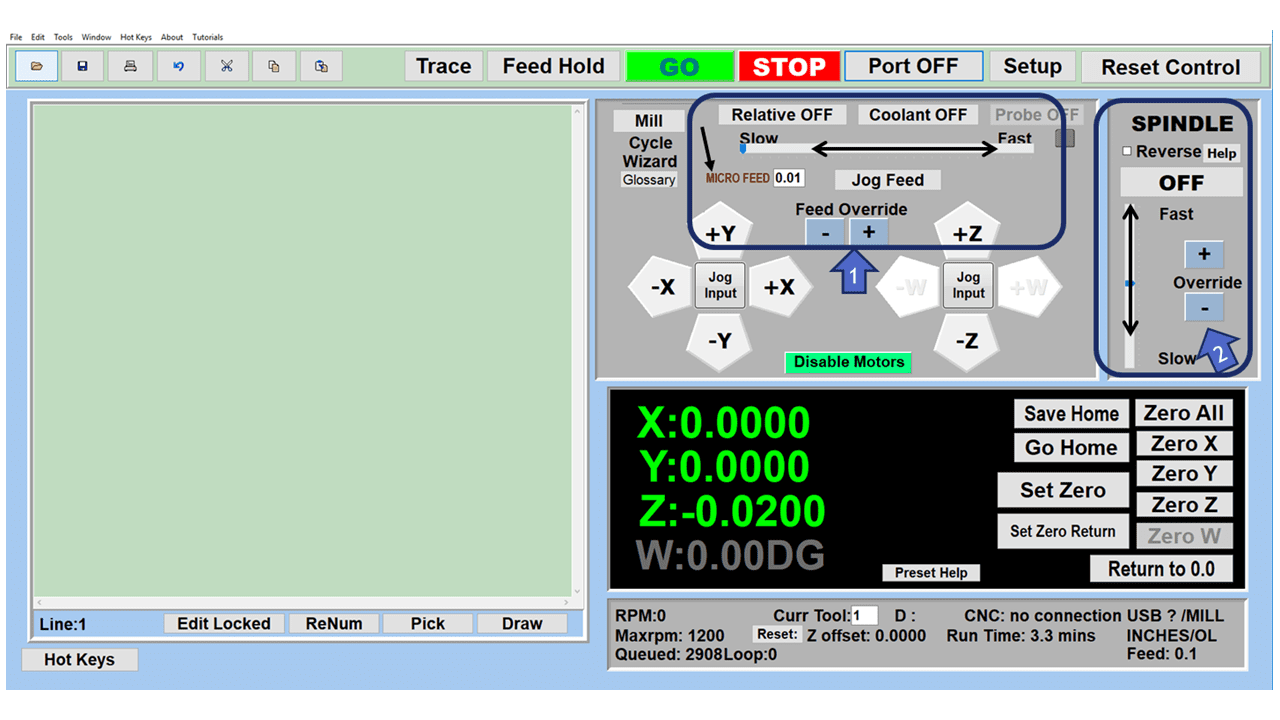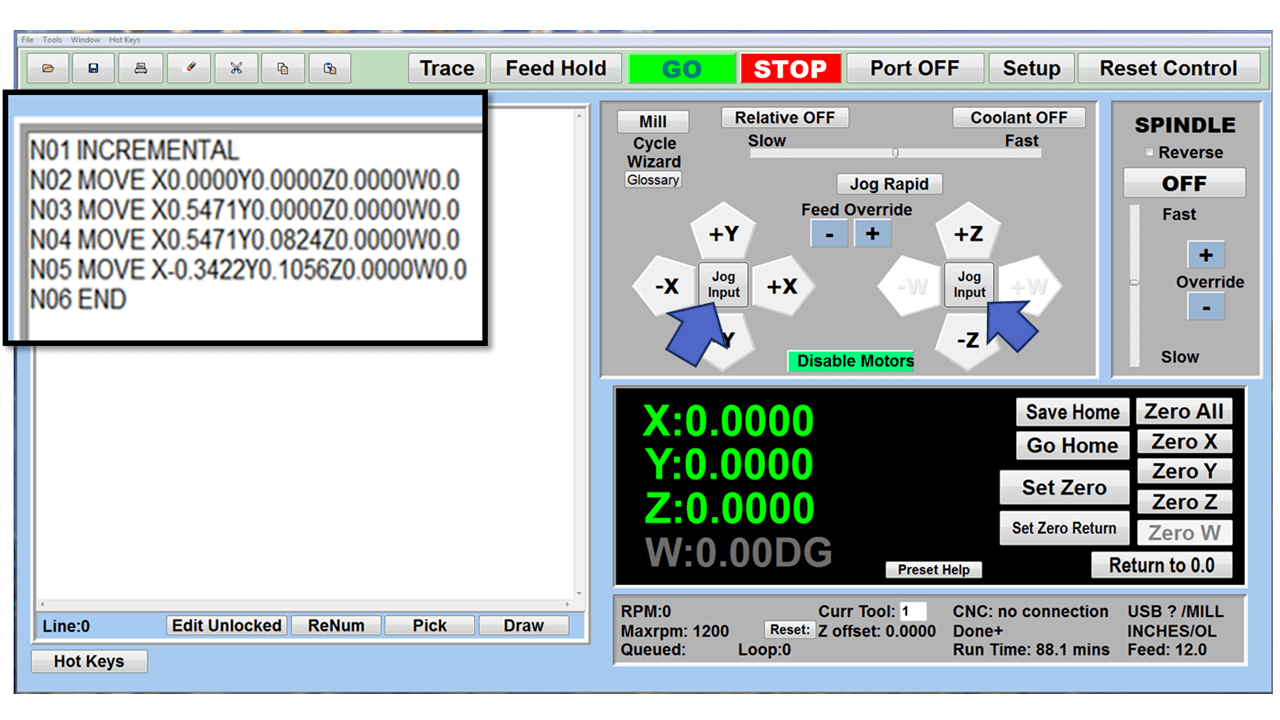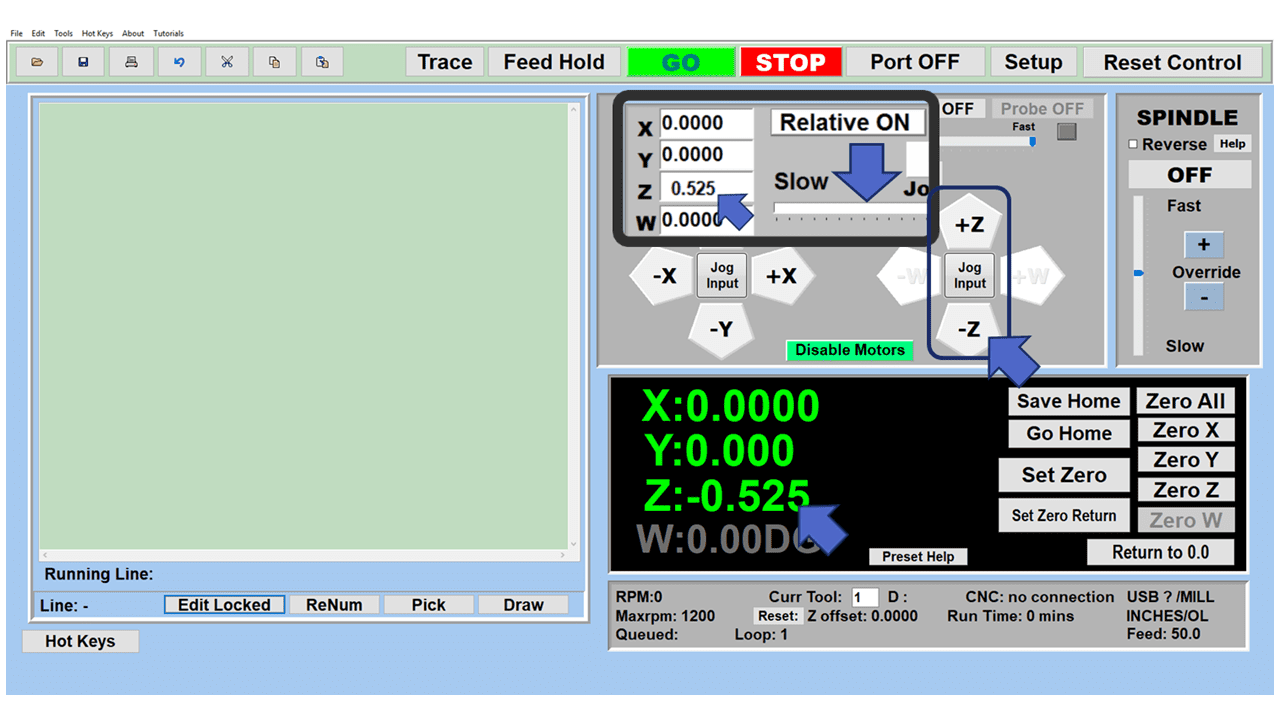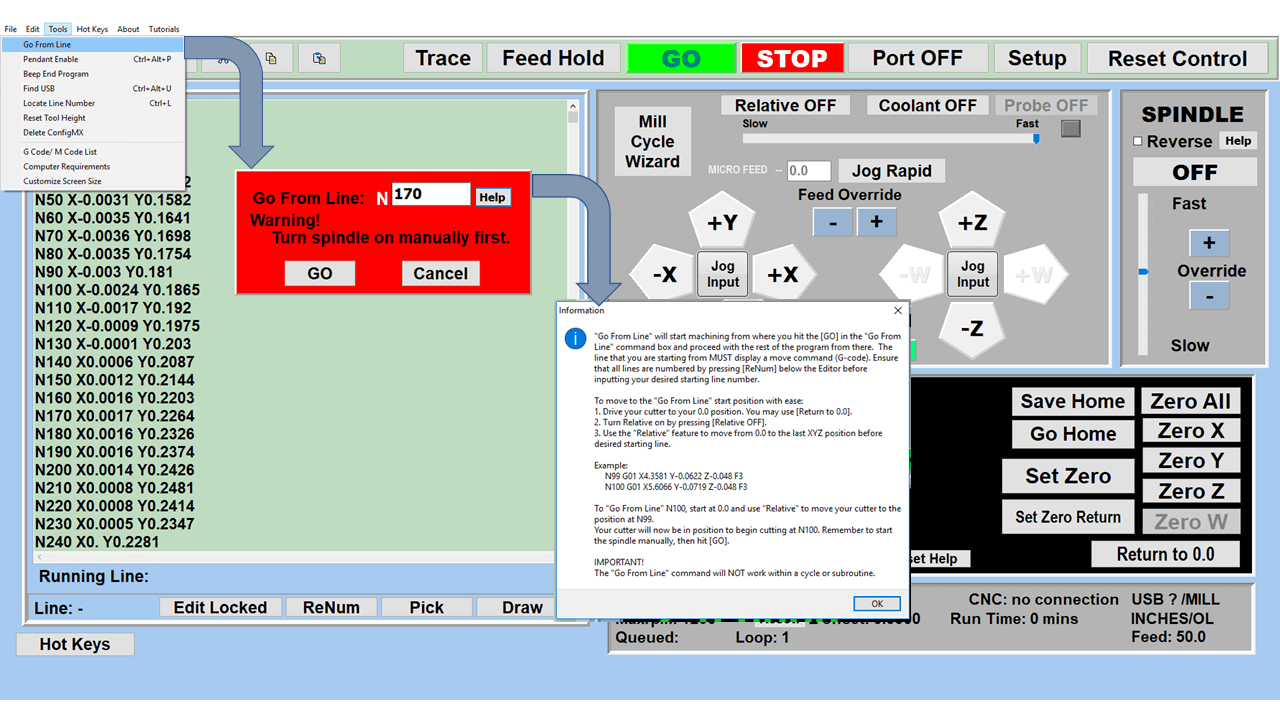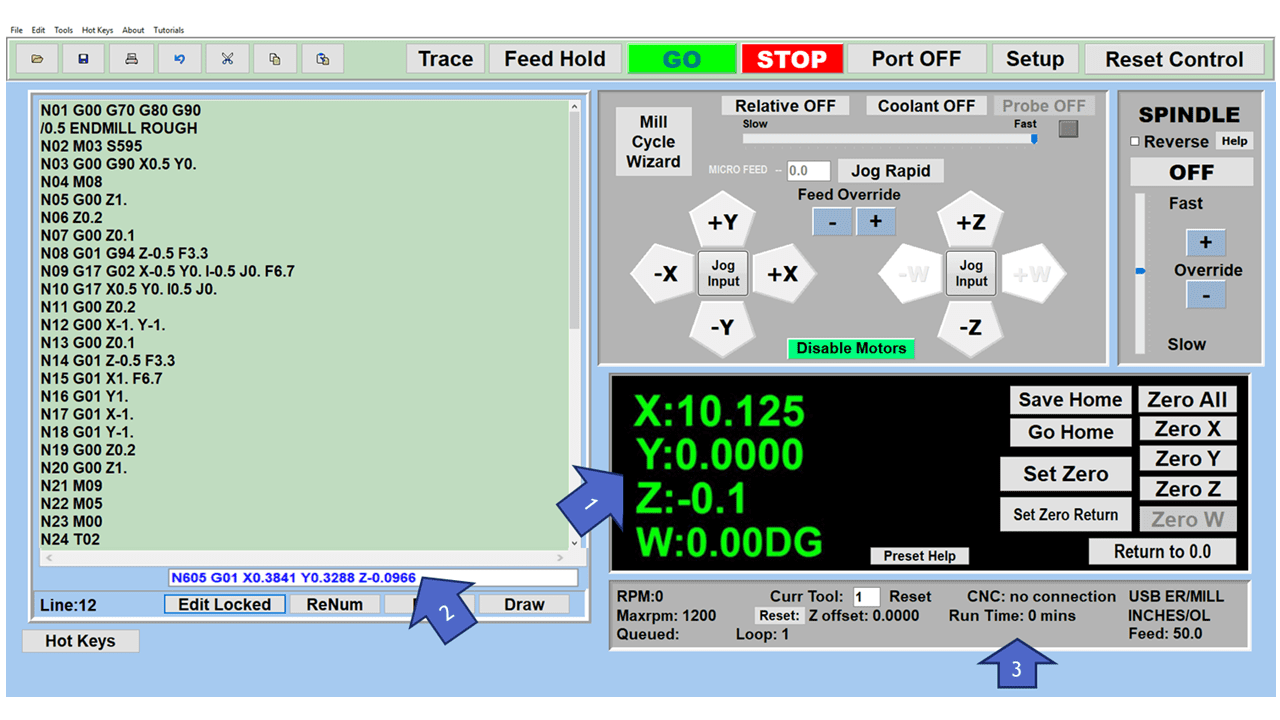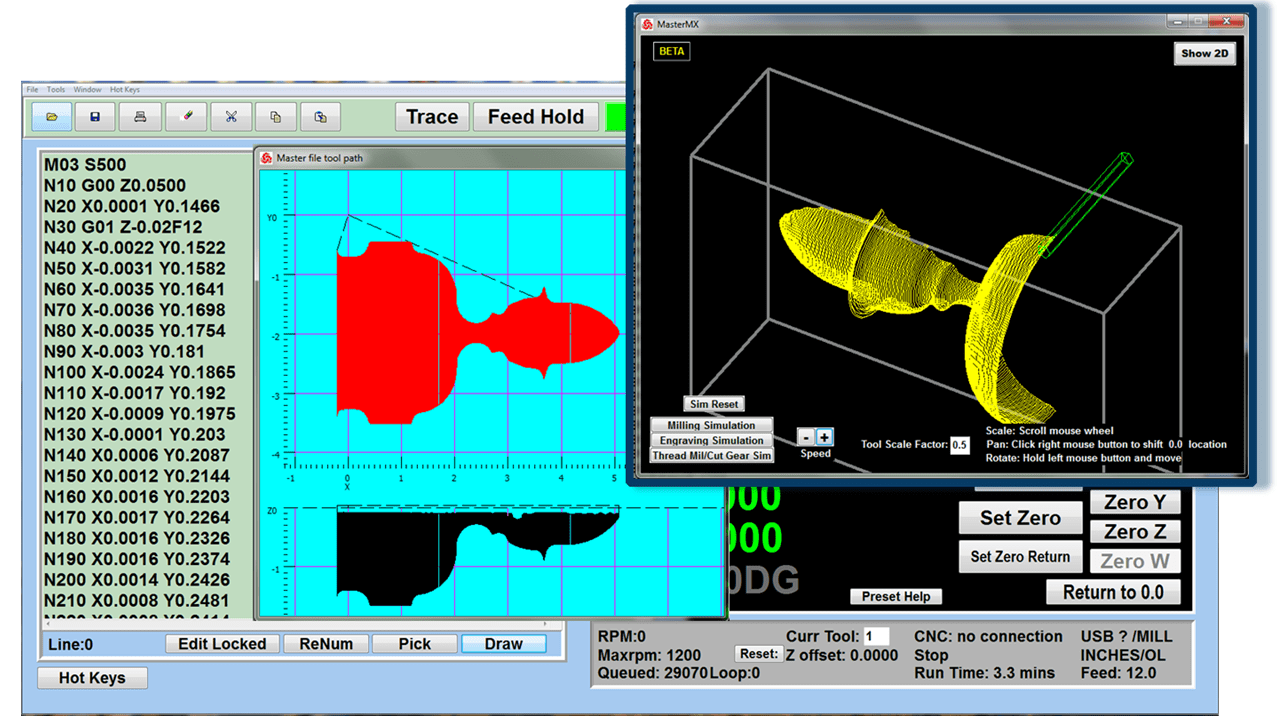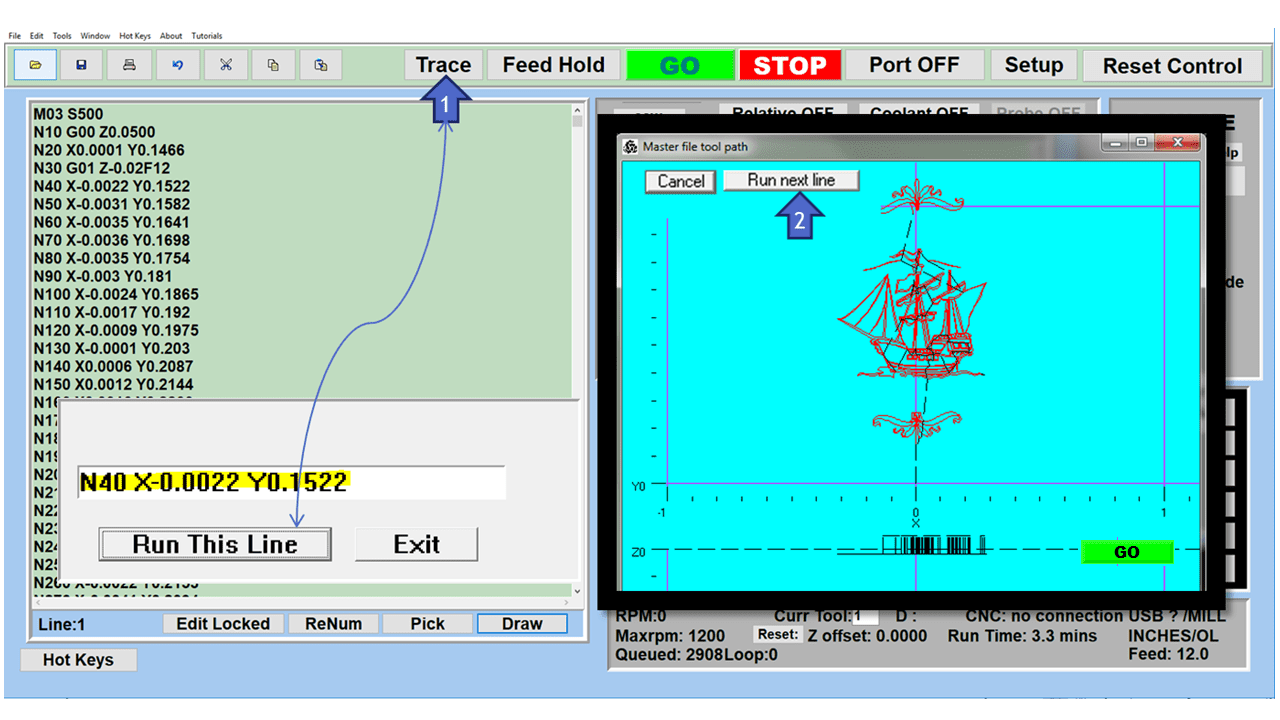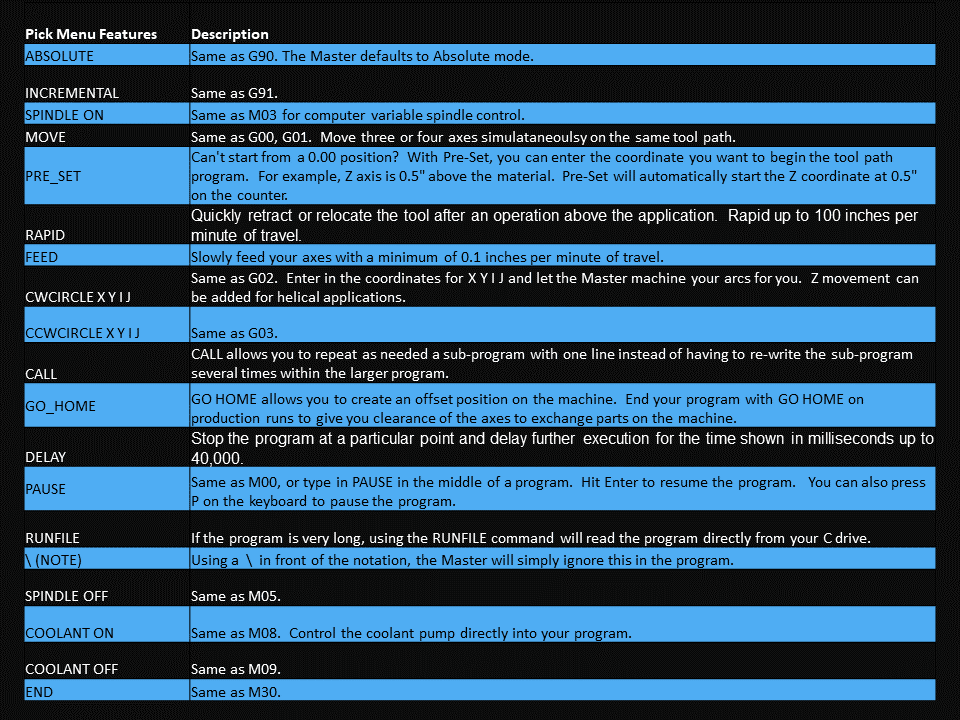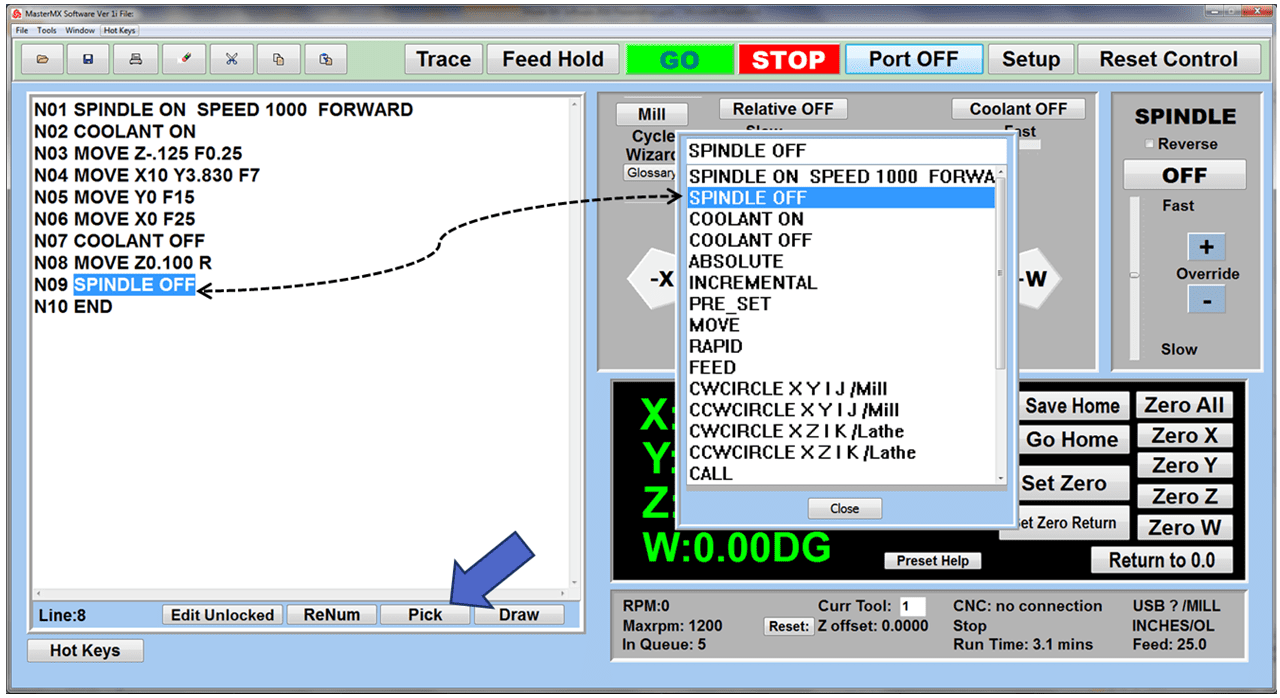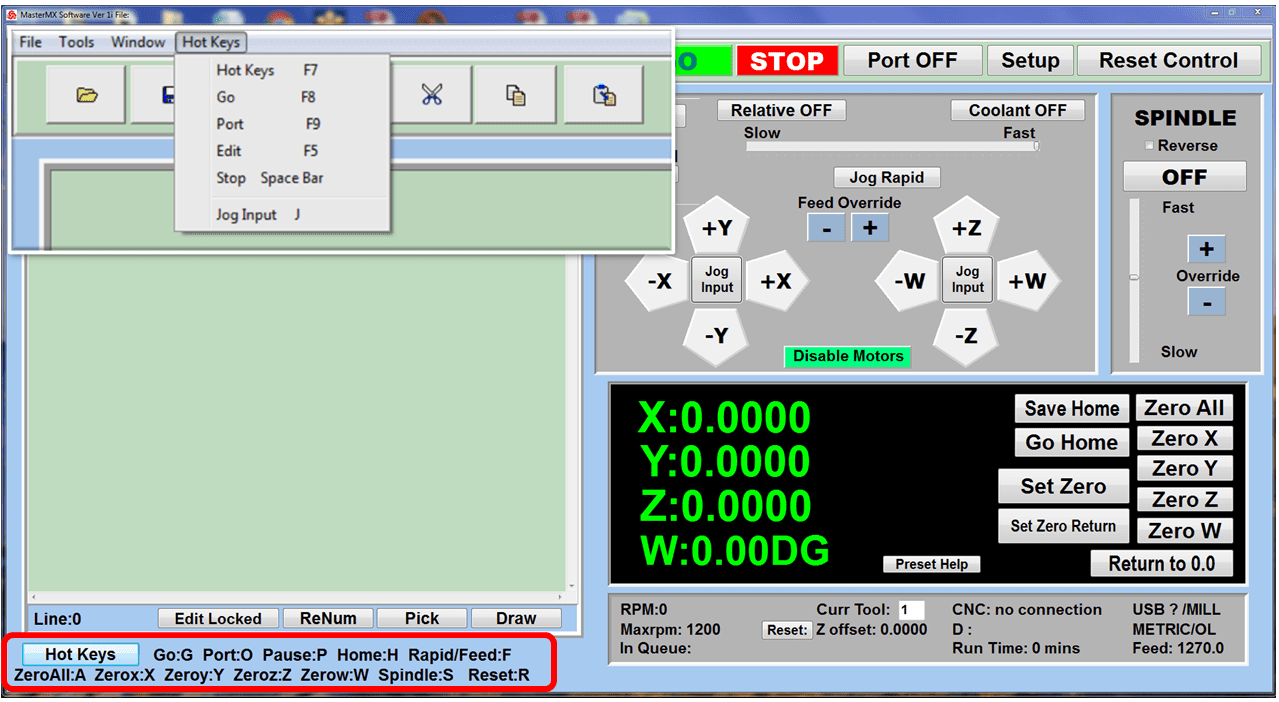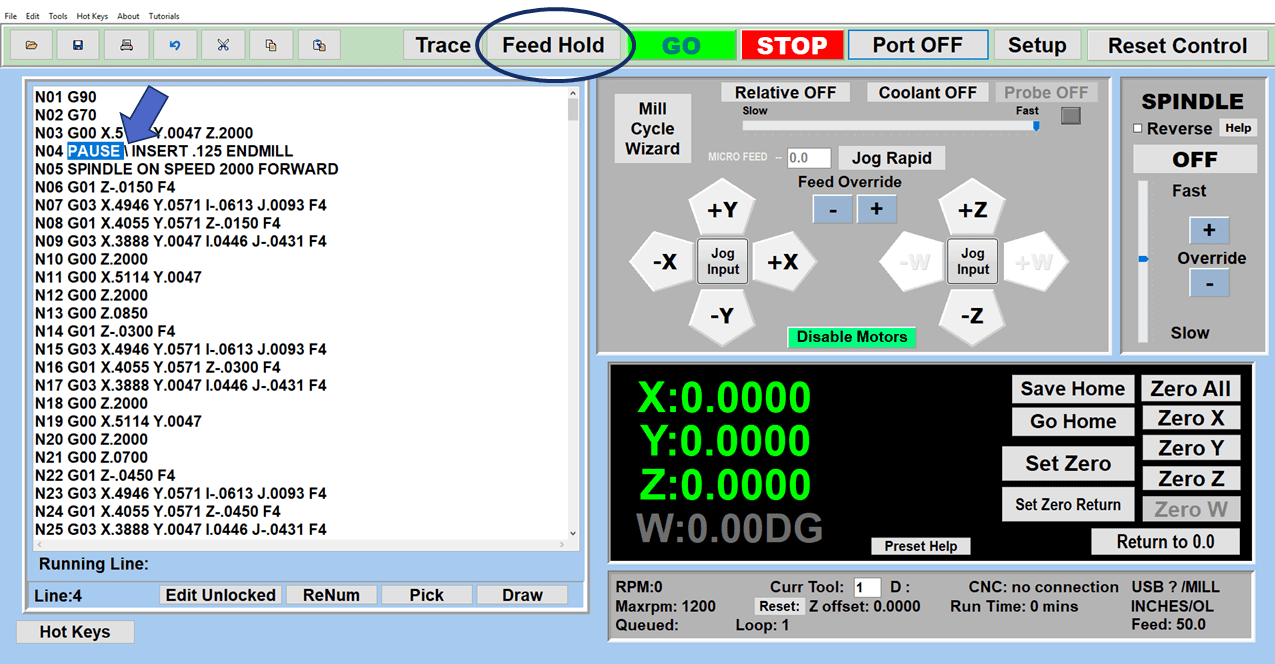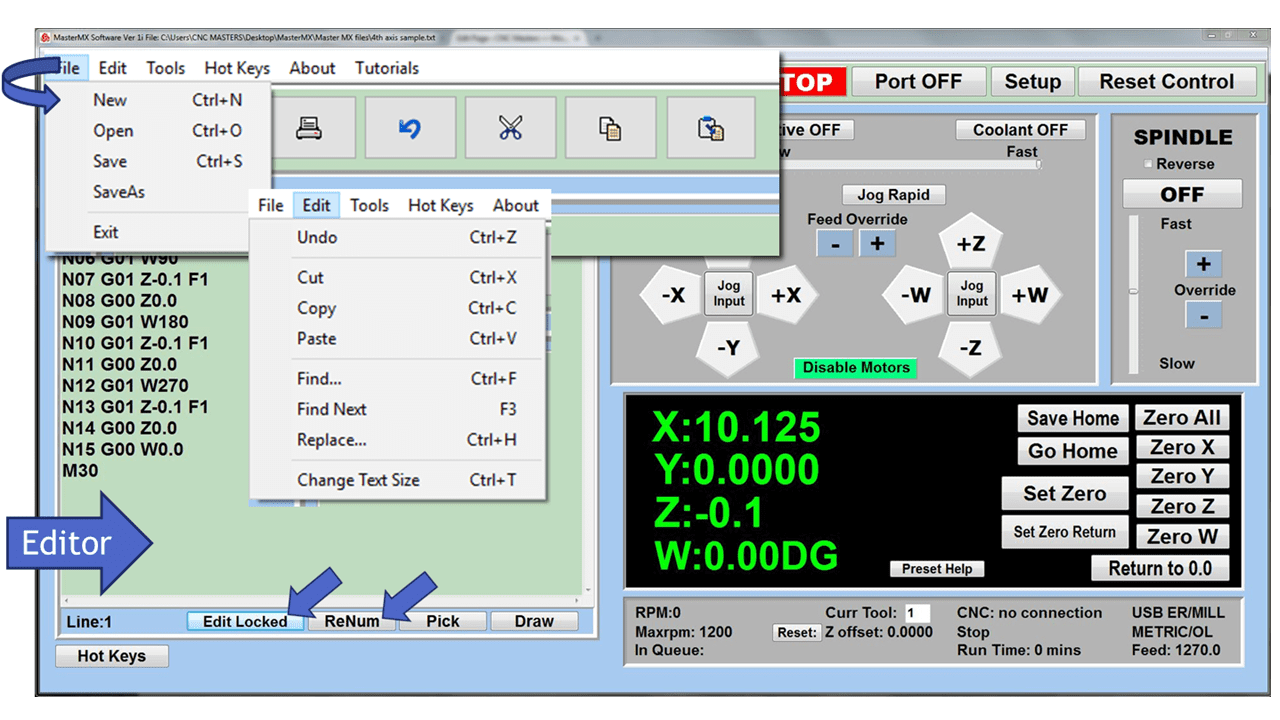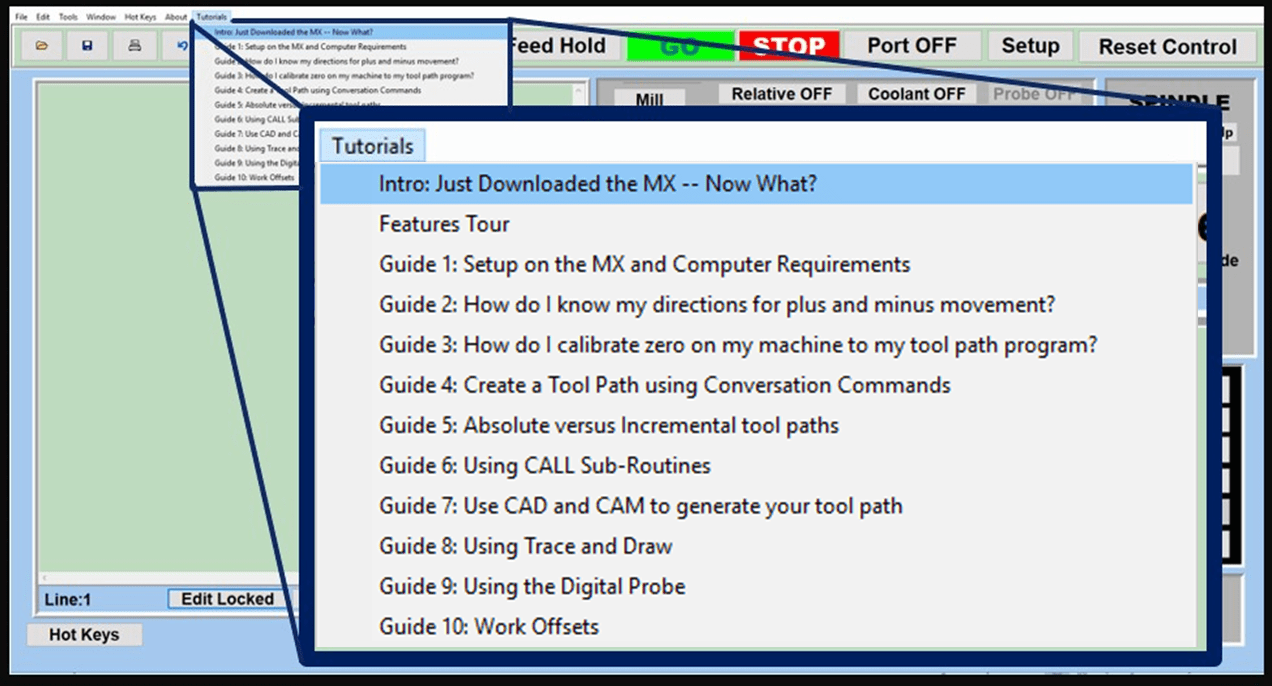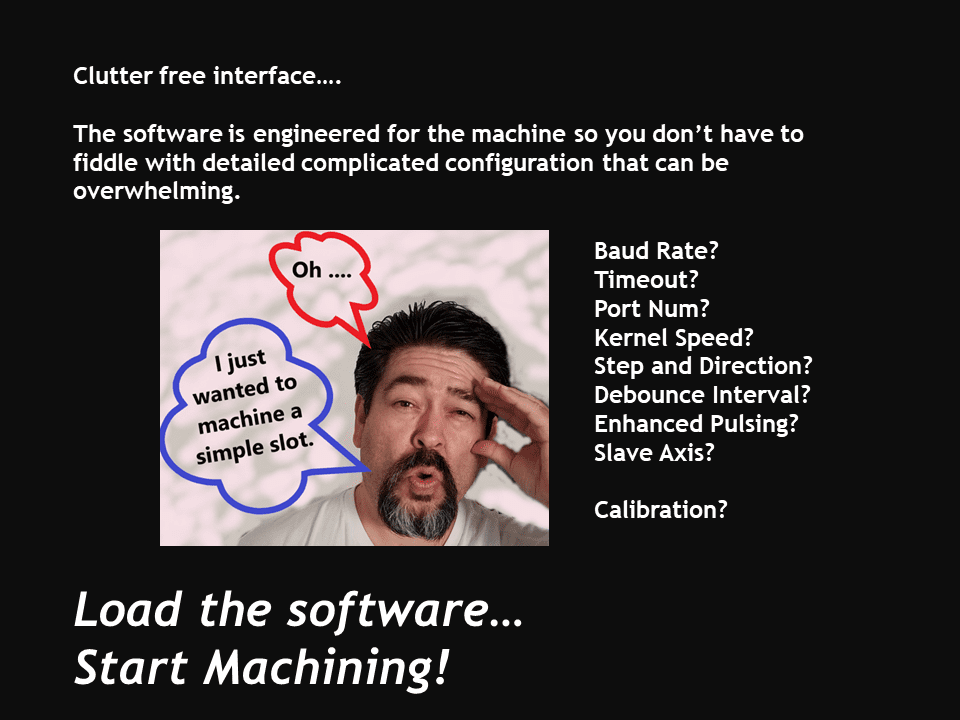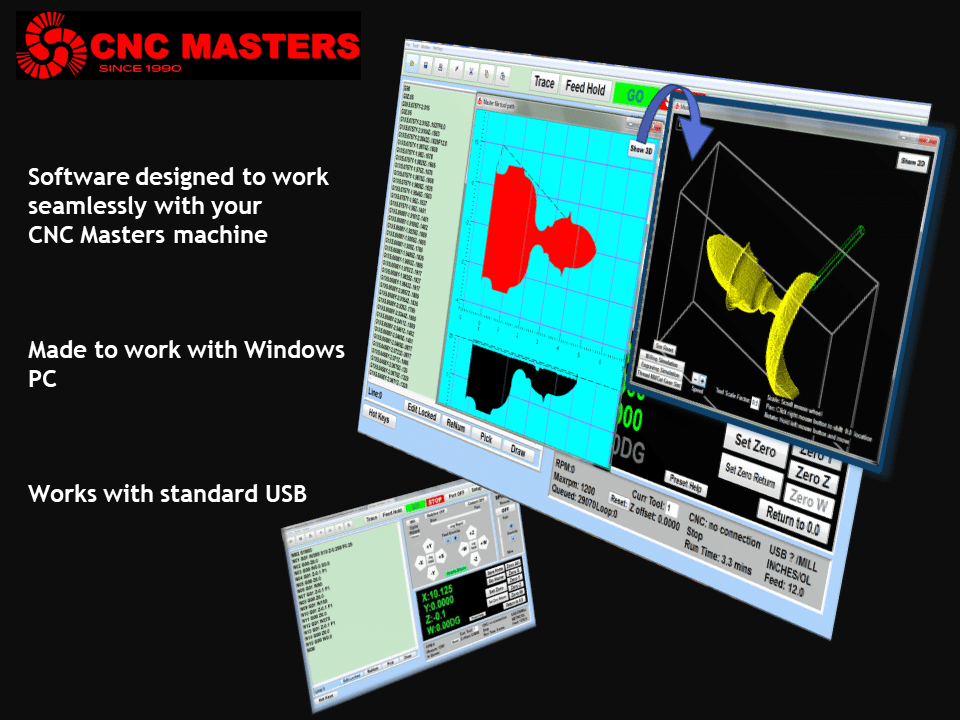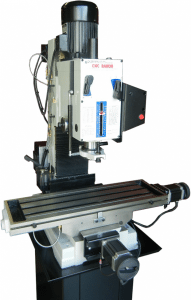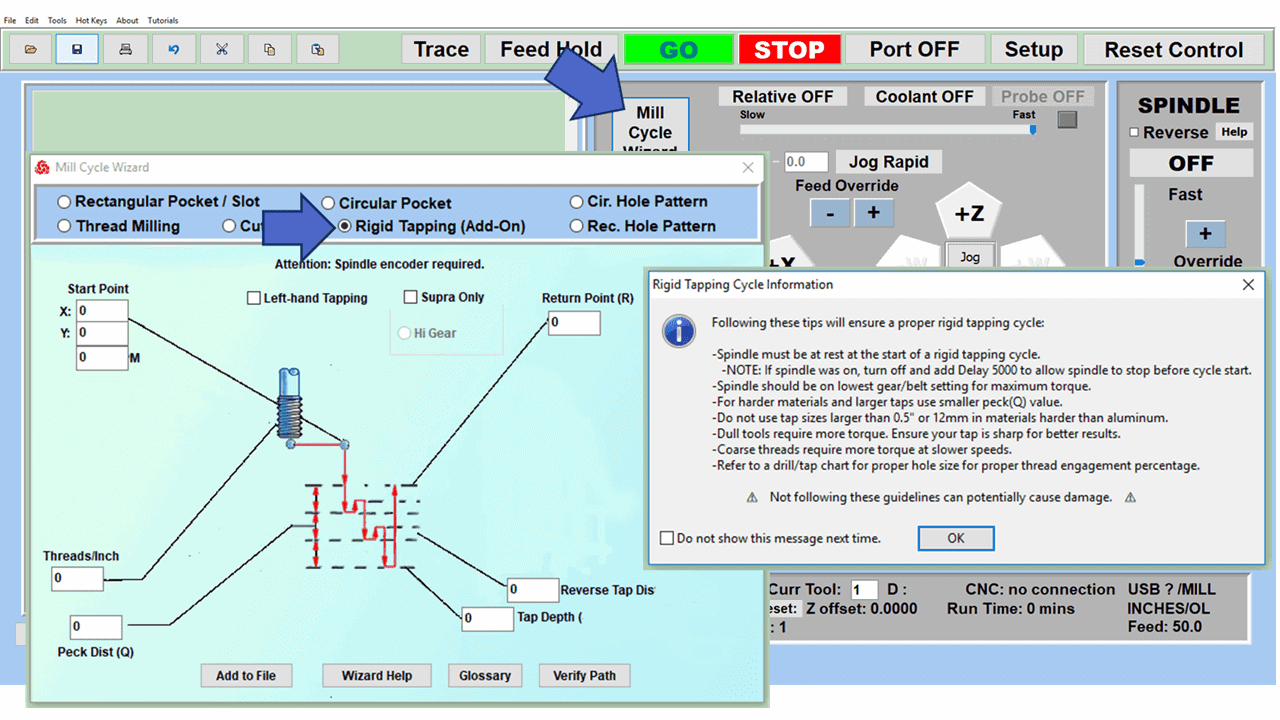Everyone wants to combine their hobby with their business, do what they love, and get paid for it. That is much easier said than done, however, especially when it comes to the competitive world of CNC machining. So if you’re asking yourself if you should buy a CNC machine to make some money, perhaps you are asking the wrong question.
The better question is this: can owning a CNC machine save you money? And if it can, when and why should you get one?
We’ll answer those questions and more as we look at five ways owning your own CNC machine saves you money. Let’s start with the big one:
#1. Do your own work!
Why do you want a CNC machine in the first place? In most cases, you’re probably either looking at a CNC machine as a hobby, or to help you create some much-needed parts for your workshop, farm, or whatever else you are involved in.
In both cases, owning your own CNC allows you to do this yourself. No more outsourcing to other hobbyists, no more hiring the local machine shop. You’ll still have to pay for raw materials, but all the labor and machine costs are your own.
This is especially ideal for people who often require CNC machining to support a different hobby or even a small business. Someone who restores old, rare cars might often require hard-to-find or even nonexistent parts. With a CNC machine, those parts can be recreated and fabricated as needed. But without your own CNC, every time you need a part you need to find a shop to help design it, fabricate it, and deliver it to you.
With your own in-house CNC mill or lathe, you save yourself that time and effort. Design it, fabricate it, install the new part, and you’re off. Just one way having your own machine can save you money.
#2. Hands-on training
CNC courses can cost hundreds or thousands of dollars, all for what is, in essence, some hands-on training. If you are interested in a career in CNC machining, why not spend some of that money on your own machine?
At that point, you’ll be able to teach yourself the basics: set-up, tooling, finishing, even programming and g-code. Rather than jump into an internship somewhere and risk getting burnt-out on your new career before you start, your own CNC gives you the chance to learn as you go, on your own time.
Then, if you still want to jump into a new career, you’ll have the practical skills and experience necessary to start a bit higher up the ladder. You’re not completely new to the trade; you own your own machine, and you understand the principles of CNC machining.
#3. Custom parts, custom jobs
CNC machines excel in two, somewhat opposite areas. CNC is great for mass production – one program can be run an infinite number of times, producing an infinite number of identical parts. That’s why CNC machines are the mainstays of production lines all over the world.
But CNC machines are also perfect for prototyping, concepts, or to replace hard-to-find or vanished parts. In other words, CNC machines are great for custom jobs as well. That’s because, with Computer Assisted Design (CAD) and Computer Assisted Machining (CAM), you can literally design your own part on a computer. Then you can export the necessary information, translate it into a g-code program, load it on the CNC machine, and execute.
Just like that, you’ve got a custom part – minus any mistakes or flaws, of course – and you didn’t have to send the designs away to be fabricated. Better still, you were able to keep the whole job, from design to fabrication, in-house – saving you hundreds of dollars or more.
#4. Flexibility
Custom job today, mass production tomorrow; that’s one of the biggest advantages of owning your own CNC. You have complete and total control over what you produce. Your only limitations are your own interests and demands.
The flexibility your own CNC offers also lets you get out of what would otherwise be an expensive situation. Say you’ve started a custom part that you’ve designed yourself, and it quickly becomes apparent that your design is flawed. If you had sent that design away to be fabricated, you might be in trouble – you’d have to pay for a part that is correct according to the design, but that won’t work as you intended.
With your own CNC, you’re fully in charge of every step of the process. If you see a potential problem, you have the chance to stop the machine and correct the design, potentially saving yourself time, money, and frustration.
#5. Preparation for something bigger
If you do want to eventually make a career of working with CNC machinery or even to start your own CNC machining business, then owning your own CNC can not only save you money on training or preparation, but it can also be priceless preparation.
With your own CNC, you will learn the ins and outs of CNC machining. You’ll also learn about materials and tooling costs and how to save money on them.
In short, owning your own CNC saves you money for when you actually open your own CNC shop or business. By getting your own CNC machine now, even with the initial costs, you’ll give yourself an easier introduction to the field and teach yourself the basics. When you do make the jump, you’ll be far better prepared, more likely to succeed, and able to run your own CNC business in a more cost-effective way.
These are just some of the ways that owning your own CNC machine can save you money. You will certainly come across some more as you go.

